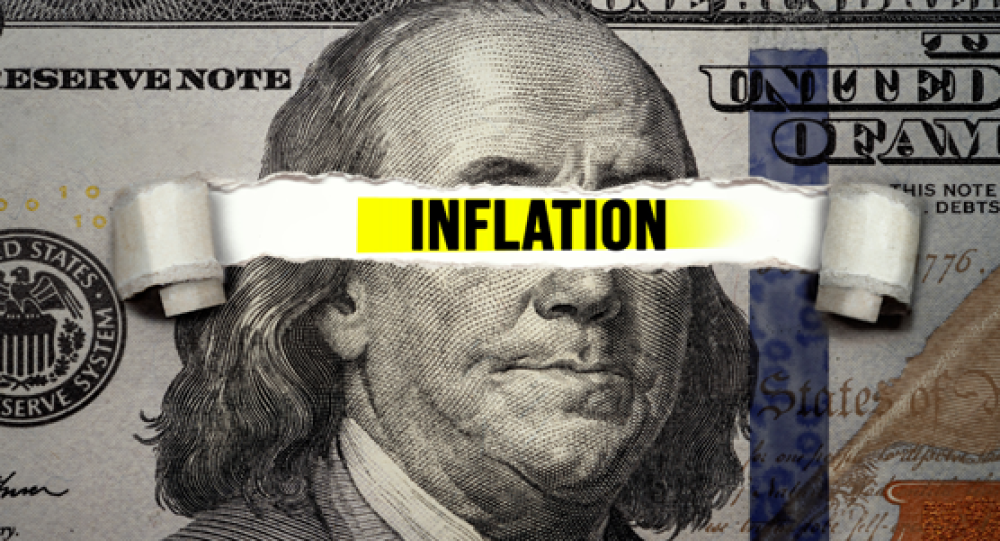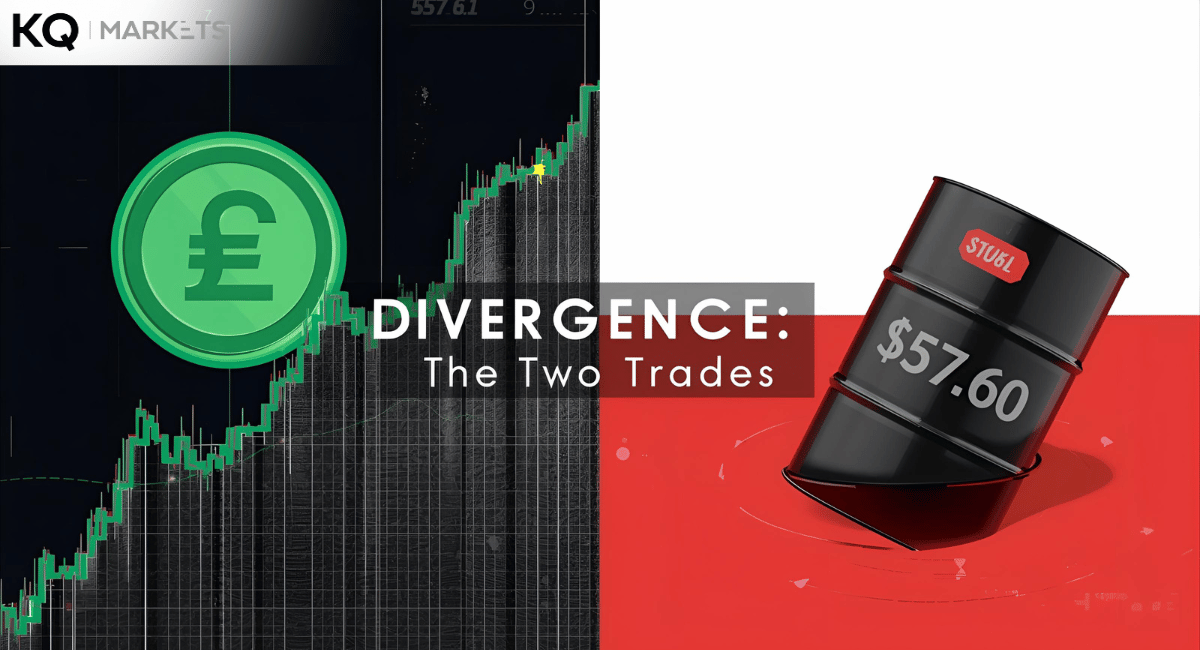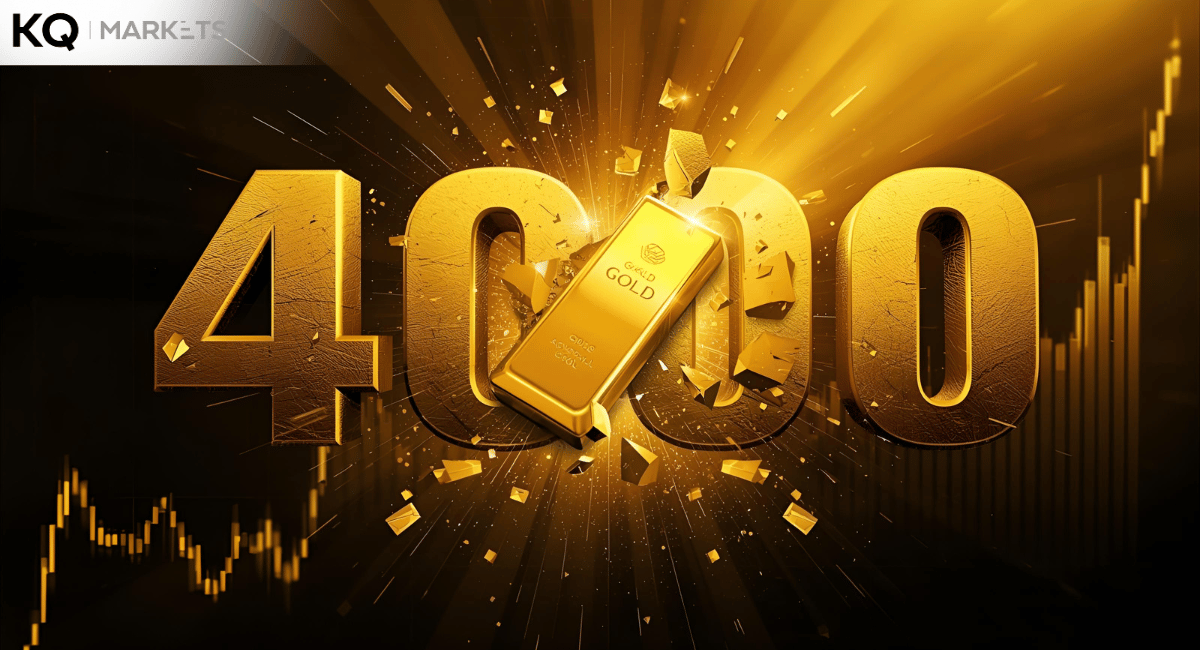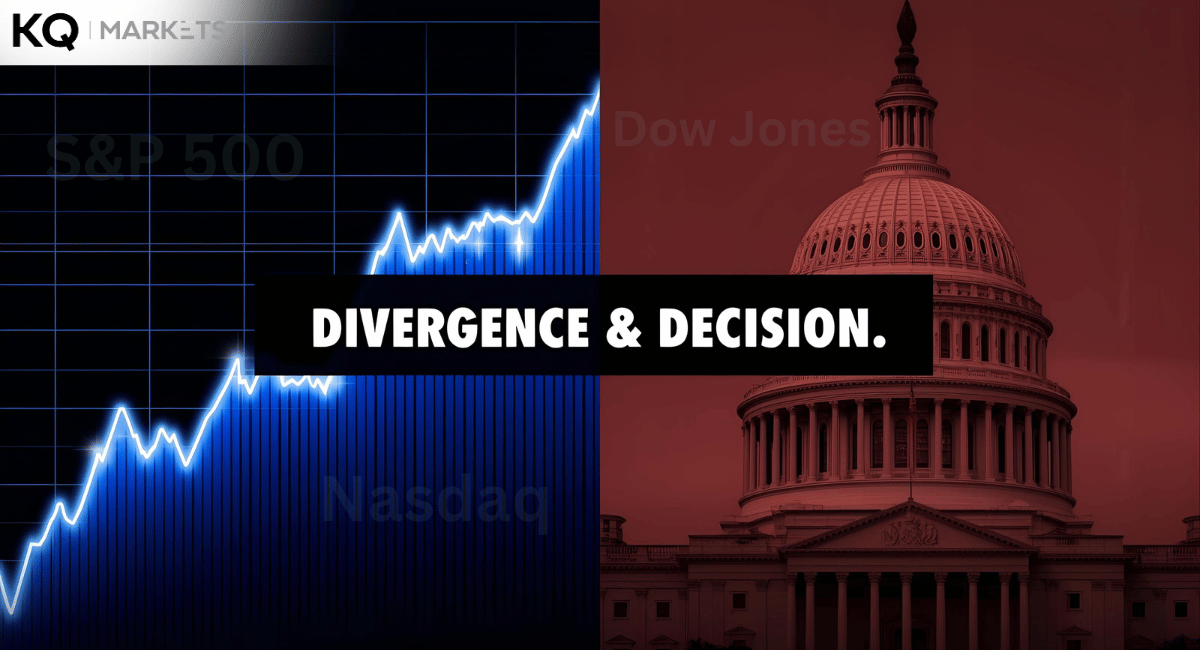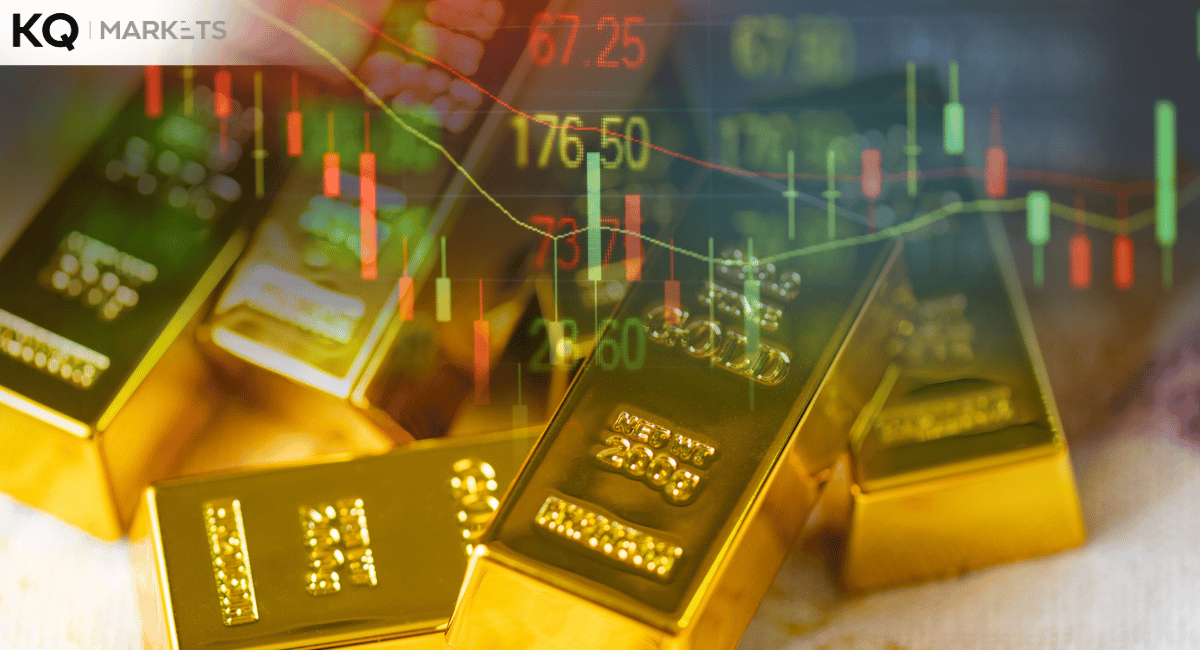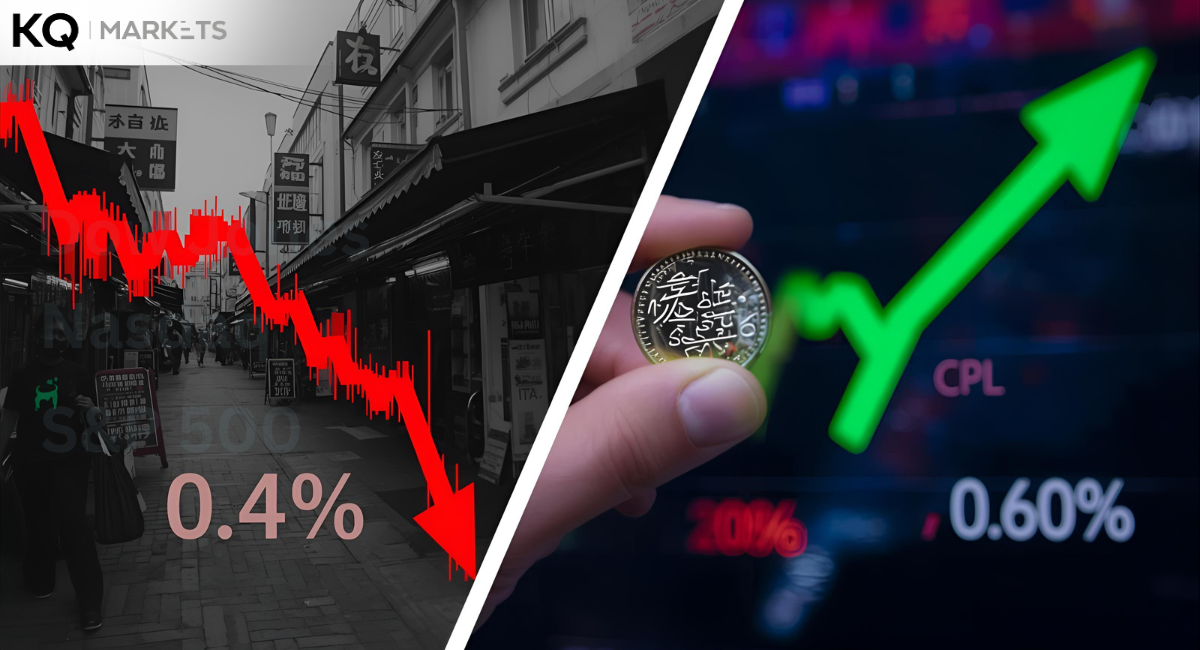The US stock market stabilized despite the unexpected inflation data. The recent data release raised the probability of an aggressive rate hike, higher than investors’ prediction. The benchmark S&P 500 index recorded constant gains through Monday’s strong market despite a 1% fall on Wall Street in the early session. Meanwhile, the tech-heavy Nasdaq Composite fell by about 1.1% during the morning session and rose by 0.6% toward the close.
The decline during morning sessions resulted from the CPI data release. Generally, the consumer price index rose 6.4% year-on-year in January. It marked a slight slowdown from December but a higher percentage than economists predicted. Besides, the annual core inflation that excludes volatile energy and food prices was slightly above predictions at 5.6%.
These numbers have raised concerns that high inflation might prompt the Federal Reserve to raise borrowing costs higher than the previous prediction. In any case, the Federal Reserve ended 2022 on the assumption that the job market is cooling, inflation is steadily declining, and the economy is slowing. But January 2023 inflation data proved the previous data otherwise. Inflation is declining at a slower pace, and the economy is somewhat better, but the job market is scorching hot.
The Federal Reserve has a critical decision to make. It raised interest rates by 25 basis points in February to attain the highest rate since September 2007. Its chairman insisted on sustained borrowing cost raises to help control the inflation rate. Futures markets now indicate that investors expect pricing to attain a peak in July at about 5.27%.
Earlier in February, investors expected the futures market to reach its peak in May at 5%, with two rate cuts in 2023. On the other hand, the US dollar struggled on the reverse path to recover after the consumer price index release before reversing gains. The dollar index that tracks the United States currency against peer currencies dropped by 0.1%. The US two-year Treasury note rose by 0.08% to 4.62% during the early trading session. In the meantime, yield rose when prices fell. Thus, the 10-year bond yield increased by 0.03% to 3.75%.
China’s CSI 300 remained steady in Asia, while Hong Kong’s Seng Index dropped by 0.2%. London’s FTSE rose by about 0.1%, and the Europe regional Stoxx 600 rose by 0.2%. Above all, the UK government bond sold sharply after the US inflation data release, with the interest-rate sensitive gilt yield increasing by 0.17% points to 3.81%. The increase marked its highest since late October 2022. The international oil benchmark (Brent crude price) dropped by 1.2% to $85.58 per barrel.
Whether you're an experienced investor or just getting started, KQ Markets provides in-depth coverage of global markets and expert insights to help you make informed investment decisions. To help you more, our team of experts have curated video tutorial for traders and provide a demo trading account to practise on. Start today and happy trading.
Read Also About:
Stock Markets will drop another 40% because of Stagflationary Debt Crisis Hits
Stocks Surge to Kick off October as Bond Yields Tumble; Dow Closes up 760 Points
